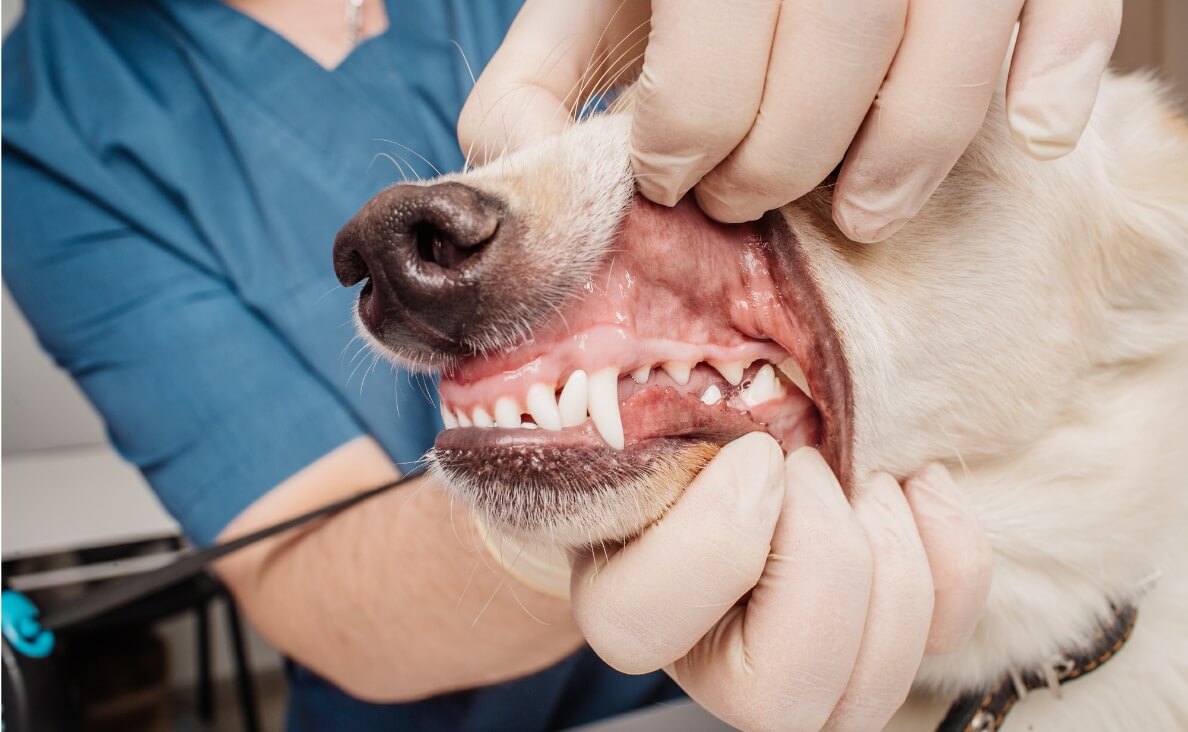
Dental health is a crucial aspect of a dog’s overall well-being, yet it is often overlooked by many pet owners. In this blog post, we’ll explore the various factors that contribute to the wear and tear of your dog’s teeth.
Understanding why dog teeth get worn down is essential for preventing excessive dental damage and ensuring your furry friend maintains a healthy mouth. From natural aging to the impacts of diet and chewing habits, we’ll delve into the reasons behind dental wear and provide practical tips for minimizing it.
Join us as we uncover the secrets to keeping your dog’s teeth strong and healthy.
Understanding Dog Teeth
Dogs have several types of teeth, including:
- Incisors
- Canines
- Premolars, and
- Molars
Each serves distinct purposes from gripping and tearing to grinding food. As dogs age, it’s natural for their teeth to show signs of wear. However, understanding what causes excessive wear can help reduce or eliminate long-term issues.
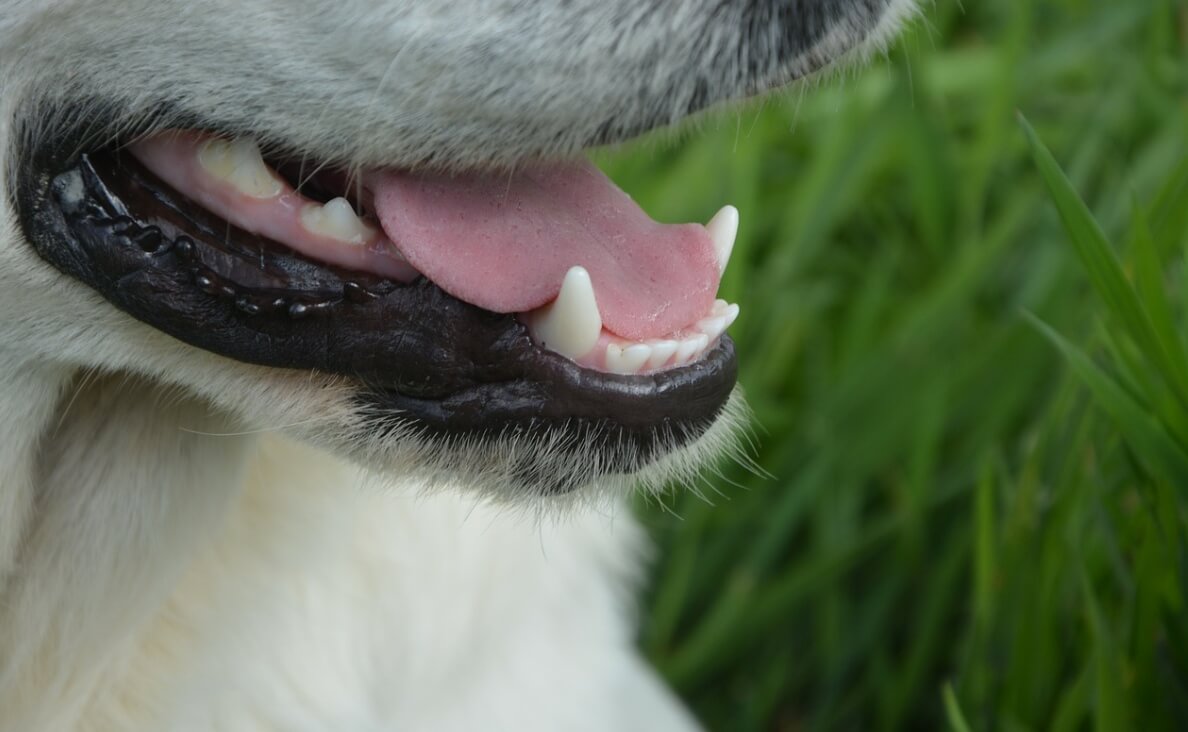
Canine Natural Wear and Tear
Natural wear and tear on a dog’s teeth is a common occurrence as they age. Daily activities such as chewing on toys, bones, and even playing fetch can gradually erode the tooth enamel. This type of wear is generally mild and progresses slowly over the dog’s lifetime.
However, the extent of wear can vary depending on the dog’s habits and the hardness of the objects they chew on. To manage this natural process, it’s important to provide dogs with safe, appropriate toys and chews that won’t excessively accelerate enamel erosion.
Regular monitoring by pet owners, coupled with veterinary check-ups, can help ensure that natural wear doesn’t advance to problematic levels, maintaining the dog’s oral health and comfort.
The Impact of Diet on Dog Teeth
Diet plays a pivotal role in the dental health of dogs. The texture and hardness of food can significantly influence the rate of tooth wear and overall oral hygiene. Hard kibbles, often recommended for their abrasive properties, can help scrape away plaque but might also contribute to dental wear if the food is excessively tough.
On the other hand, a diet consisting mainly of soft, wet foods may not provide enough mechanical cleaning action, leading to tartar buildup and potential gum disease. Balancing these dietary choices is key to maintaining healthy teeth, making it essential for pet owners to select a diet that supports dental health while meeting all other nutritional needs.
Related: 8 Trustworthy Tips for Selecting the Right Dog Food
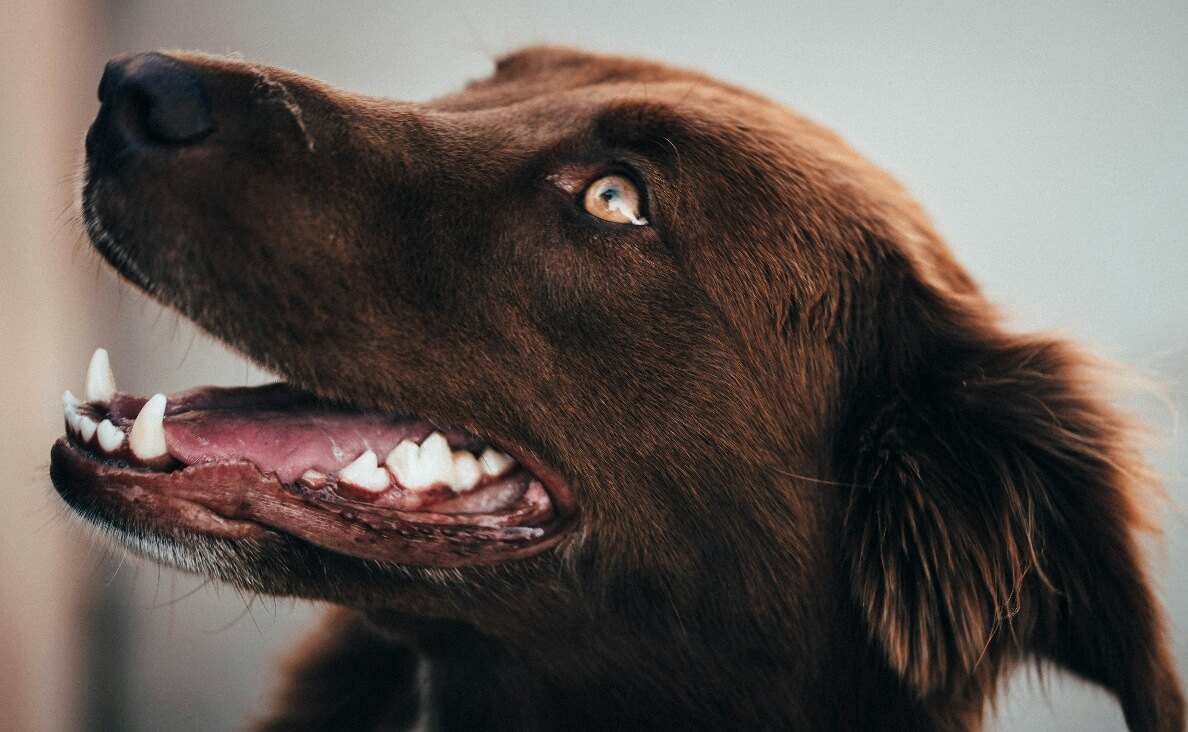
Chewing Habits and Toy Choices
Chewing is a natural behavior for dogs, but the choice of toys can greatly affect their dental health. Toys that are too hard can cause significant wear and even damage to teeth, leading to dental issues over time. Conversely, soft, flexible toys may not provide enough resistance to help reduce plaque buildup.
It’s crucial for pet owners to choose toys that strike a balance between being durable enough to withstand vigorous chewing yet gentle enough not to harm the dog’s teeth. Additionally, promoting good chewing habits with appropriate toys can prevent dogs from seeking out less suitable items around the home, which can further protect their teeth from unnecessary wear.
Unfortunately, many pet owners inadvertently let their dogs partake in activities that can harm their dental health, leading to significant tooth wear. Here is a list of behaviors to keep in check:
- Pruitis – The American Veterinary Dental Society highlights pruitis, or itching and chewing, as the primary cause of tooth wear. Hair, due to its abrasive nature, often leads to substantial wear of the incisors and sometimes affects the canines too. This wear can extend down to the gumline, and in some cases, even below it.
- Tennis Balls – A dog’s favorite activity, playing with tennis balls, can have adverse effects. Tennis balls are quite abrasive and can blunt teeth over time. Regular chewing on tennis balls or similar tough toys can wear down the smaller front cheek teeth (premolars) and the rear side of the canines. Although the damage may seem minimal at first, consistent chewing over several years can lead to significant tooth wear.
- Other Hard Objects – Be cautious of hard dog toys, fences, crate bars, and similar items. Chewing on such items can wear down the backside of the canines. Additionally, malocclusions, or misalignments, can cause teeth to grind against each other, exacerbating wear.
When selecting chew toys for your dog, opt for materials that are strong enough to endure rigorous chewing yet soft enough to be gentle on their teeth. Rubber, silicone, and nylon toys are generally considered safe choices. Edible chews are another great option, as they are not only digestible but also aid in reducing plaque and tartar accumulation on your dog’s teeth.
Canine Dental Diseases Leading to Tooth Wear
Dental diseases in dogs, such as periodontitis and tooth resorption, are major contributors to tooth wear. Periodontitis, caused by untreated plaque and tartar buildup, can lead to inflammation and degradation of the supportive structures of the tooth, accelerating wear and potentially leading to tooth loss.
Tooth resorption involves the breakdown of tooth structure starting from the inside, which weakens the teeth and makes them more susceptible to wear from normal chewing activities.
Early detection and proper dental hygiene are essential to mitigate these conditions. Regular veterinary check-ups and maintaining good oral care at home can significantly reduce the risk of these dental diseases and preserve your dog’s dental health.
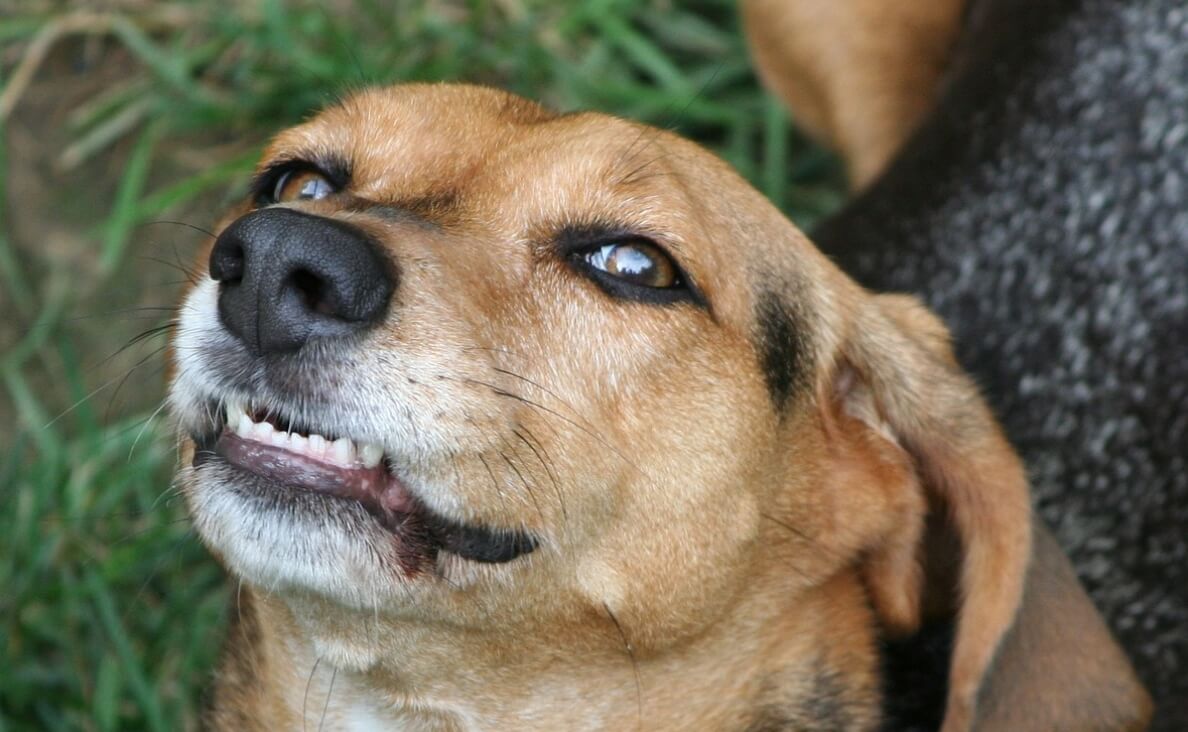
The Role of Genetics in Canine Dental Health
Genetics play a significant role in the dental health of dogs, influencing everything from tooth alignment to the durability of enamel. Certain breeds, like Greyhounds and Boxers, are genetically predisposed to dental issues, including faster rates of tooth wear and increased vulnerability to periodontal disease.
These genetic traits can make some dogs more susceptible to early tooth decay and other oral health problems. Understanding these predispositions is crucial for pet owners, as it allows for tailored preventive care strategies and interventions. By acknowledging the genetic factors, owners can better manage their dog’s dental health with specific diets, care routines, and regular veterinary check-ups.
Preventive Measures to Avoid Excessive Wear
-
Dental hygiene practices
To prevent excessive wear on your dog’s teeth, a comprehensive approach to dental care is essential. This should include both regular veterinary care and daily oral hygiene practices at home. Brushing your dog’s teeth daily with toothpaste specifically formulated for canines can significantly reduce plaque buildup and slow down the wear process. Introducing dental hygiene from a young age will help your dog get accustomed to the routine, making it easier to manage as they grow older.
-
Dental-healthy food and treats
In addition to brushing, consider incorporating specially designed dental treats and diets that help reduce plaque and tartar buildup. These products are often formulated to be abrasive enough to clean teeth effectively, yet gentle enough to prevent damage to the enamel. Be cautious with hard chews, such as bones and antlers, which can be too harsh and might cause tooth fractures or chips. Instead, opt for chews that have been tested and approved by veterinary dental health organizations.
-
Regular veterinary check-ups
Regular veterinary check-ups are crucial. A professional cleaning, performed under anesthesia, allows the veterinarian to thoroughly clean your dog’s teeth, including below the gum line where periodontal disease often starts. During these check-ups, your vet can also identify early signs of dental problems that are not visible to the untrained eye.
-
Chewing habits
Lastly, be mindful of your dog’s chewing habits. Discourage chewing on hard objects that can cause damage, such as stones or hard plastic objects. Instead, provide toys and chews that promote dental health without excessive hardness. By combining daily dental care, appropriate chew toys, regular vet visits, and a diet that supports dental health, you can greatly decrease the rate of dental wear in your dog, ensuring they maintain a healthy set of teeth as they age.
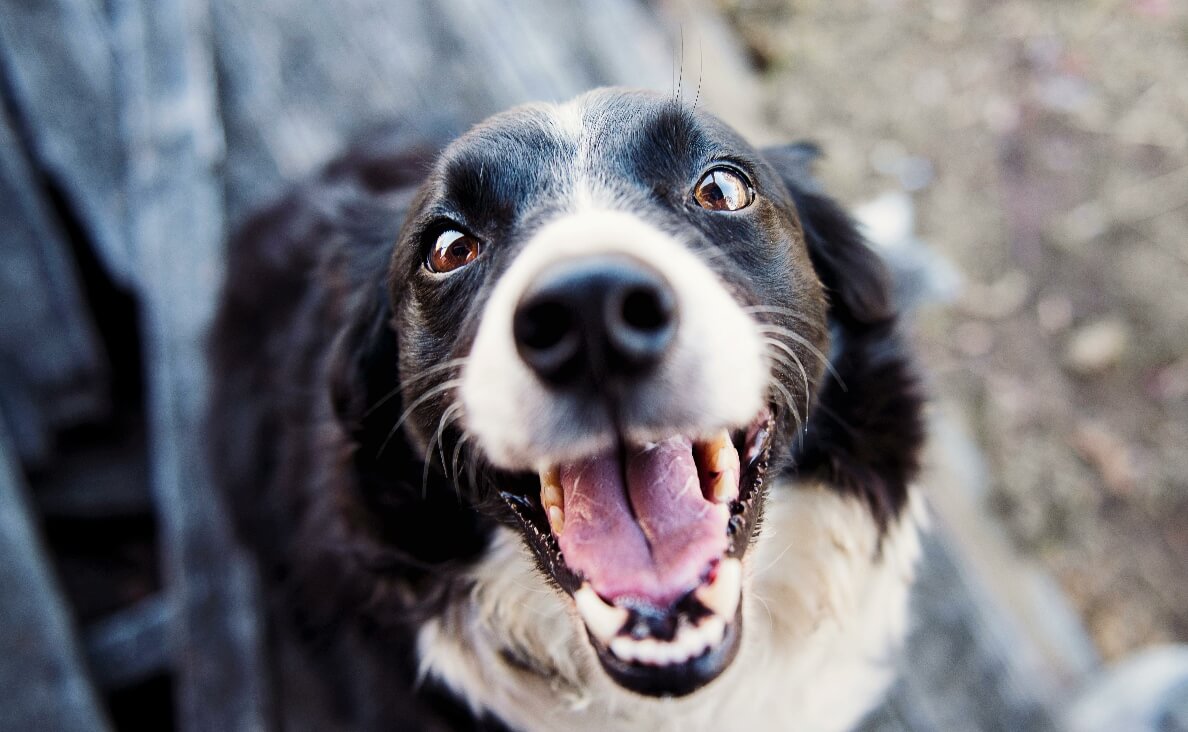
When to Consult a Veterinarian
Occasionally, excessive wear on your dog’s teeth may signal a deeper health issue. Understanding when to seek veterinary advice is crucial to providing your dog with necessary care in a timely manner.
Recognizing symptoms like broken teeth, unusual chewing behavior, or persistent bad breath can prompt a visit to the vet, ensuring any underlying conditions are addressed early. Regular dental assessments help maintain your dog’s oral health and prevent the progression of potential problems, safeguarding your pet’s overall well-being and comfort.
Final Thoughts
Keeping an eye on how dog teeth get worn down is crucial for maintaining your pet’s health. With proper care and regular veterinary visits, you can greatly reduce the risk of serious dental issues and ensure that your dog enjoys a happy, healthy life. Let’s prioritize our dogs’ dental health together!
What types of toys do you think are best to protect your dog’s teeth from getting worn down? Please share your thoughts in the comments below…

 6 Tips to Protect Your Dog from Summer Heat
6 Tips to Protect Your Dog from Summer Heat Natural Pain Remedies for Dogs
Natural Pain Remedies for Dogs Help Your Dog Fight Seasonal Allergies
Help Your Dog Fight Seasonal Allergies What Every Dog Owner Needs to Know About Canine Anemia
What Every Dog Owner Needs to Know About Canine Anemia 12 Ways to Help Your Dog Get Enough Exercise
12 Ways to Help Your Dog Get Enough Exercise






Leave a Reply